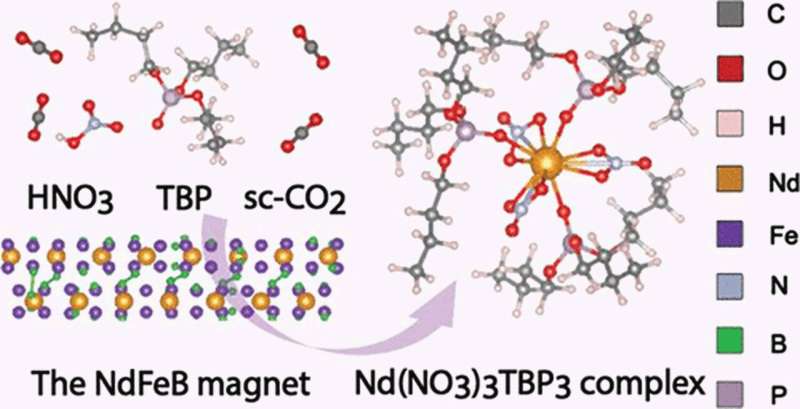This article has been reviewed according to Science X's editorial process and policies. Editors have highlighted the following attributes while ensuring the content's credibility:
fact-checked
peer-reviewed publication
trusted source
proofread
Recycling precious metals from electronic waste with captured carbon dioxide

Gisele Azimi is bringing battery recycling to a new level, using captured carbon dioxide to harvest the precious metals used for green technologies. Azimi, a University of Toronto professor and the Canada Research Chair for Urban Mining Innovations, has pioneered a method to separate critical metals from electronic waste like batteries, and wind turbine materials.
"These are the materials that are needed for transferring our society towards a carbon free era. But there are limited resources available for these materials," says Azimi.
Recycling electronic waste provides an efficient avenue to gain these vital resources, where they are found at a rate of 20 to 38%. Conventionally mined ores typically only contain 1 to 2% concentrations of rare earth metals. International investment in recycling is growing, as the capacity and technologies for electronics recycling improve.
"There are countries, and Canada is one of the leaders, that are really looking at this and they understand importance of enabling recycling to our society," she says.
The recycling technique her team has honed involves heating and pressurizing CO2, transforming it into a supercritical fluid. In this state, it can be used to dissolve and extract critical metals from their surroundings. The big advantage of CO2 is that you don't have to get it very hot to initiate this conversion—only to about 30 degrees Celsius.
To refine and better understand this supercritical fluid recycling process, Azimi approached the Canadian Light Source (CLS) synchrotron at the University of Saskatchewan. The results from this investigation were recently published in the journal Inorganic Chemistry.
Currently able to extract metals from car batteries, wind turbine magnets, fluorescent bulbs and many things in between, Azimi and her collaborators continue to push the boundaries of their method and carbon-negative recycling. They are working with industry partners on piloting the technique and improving profitability, and have set their sights on recovering gold and copper from circuit boards.
More information: Jiakai Zhang et al, Investigating Metal–Tributyl Phosphate Complexes during Supercritical Fluid Extraction of the NdFeB Magnet Using Density Functional Theory and X-ray Absorption Spectroscopy, Inorganic Chemistry (2023). DOI: 10.1021/acs.inorgchem.2c04508















